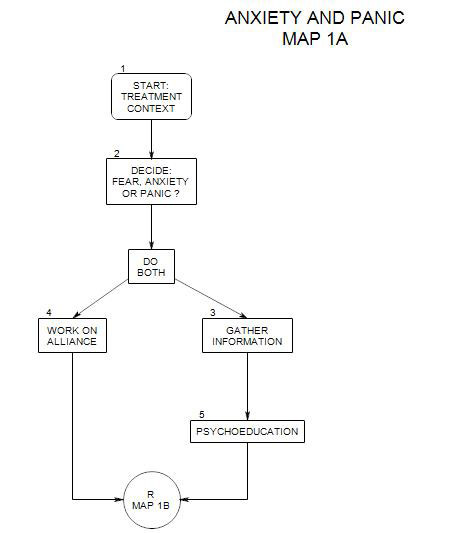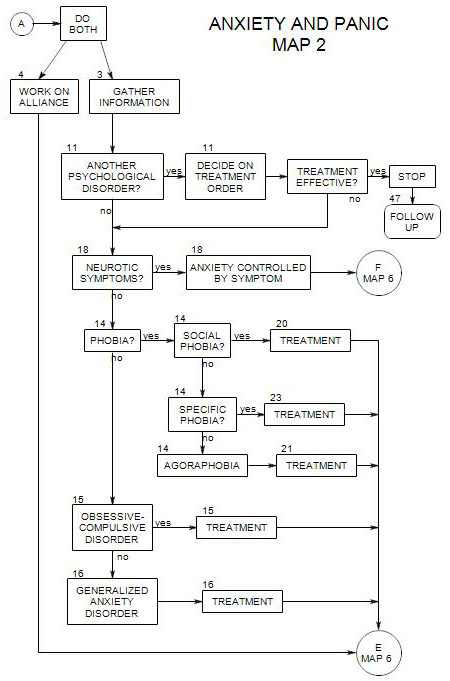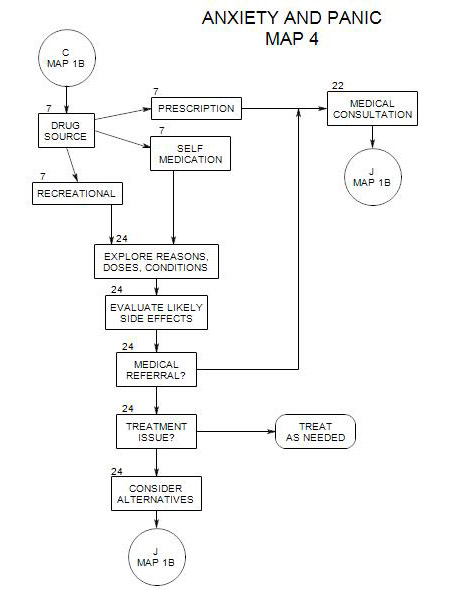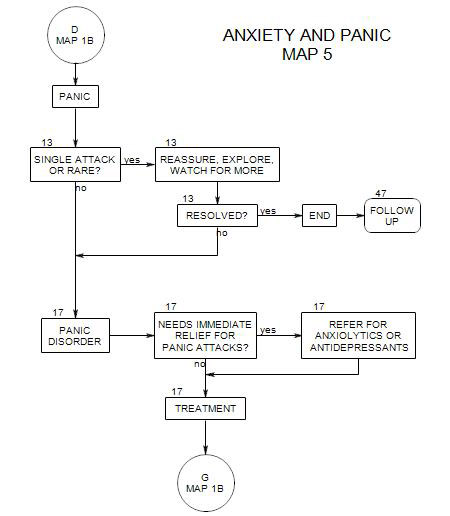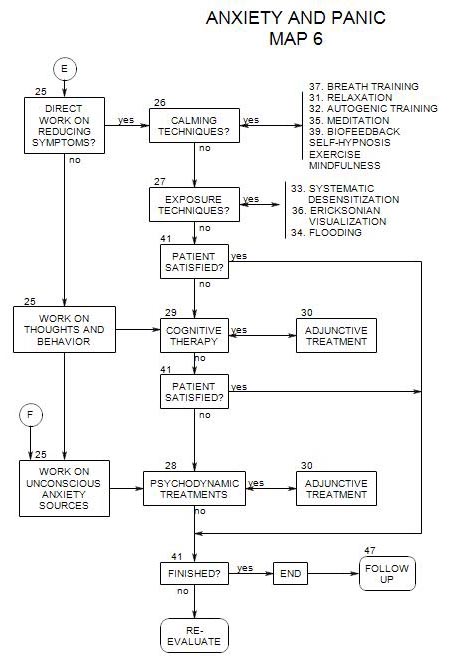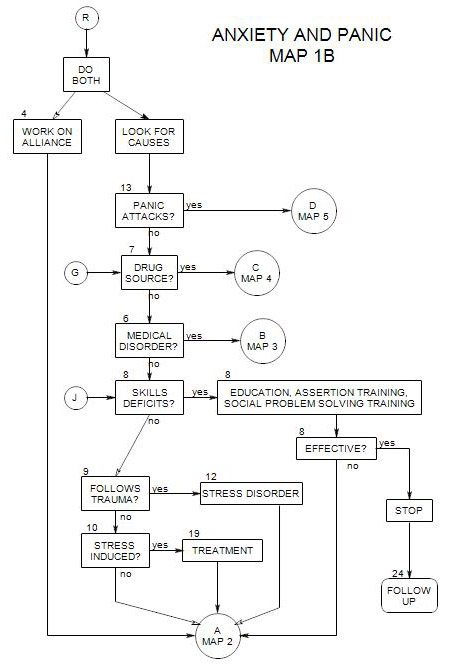
SECTIONS: 4 | 6 | 7 | 8 | 9 | 10 | 12 | 13 | 19 | 24
An anxious person may be encouraged to meditate as a way of reducing inner tension and disengaging from the pressures of the inner and outer worlds.
There are many forms of meditation, some of which can be very helpful in regulating and reducing anxiety. Effective components of meditation include [1] getting away from everyday demands and pressures; [2] relaxing; and [2] focusing the attention on something other than the person’s anxiety-producing thoughts.
35a. Time away
One goal is to find time that is not connected to the person’s anxiety-producing issues. The time should be set aside, with no interruptions, and no incentive to work on daily life or the person’s issues or fears. Meditation is not for problem-solving; there is plenty of other time in the day for that. The place for meditation is also best away from daily life – a place not used for practical activities, with as few distractions as possible.
35b. Relaxation
When the body is relaxed, it helps the mind relax and reduces anxiety. The goal here is to relax as much as possible without falling asleep; so a common procedure is to sit in as relaxed a position as possible, perhaps in a comfortable chair. Sometimes specific relaxation techniques can be used to help the person prepare for meditation.
35c. Focus of attention
A common goal is to be aware without being logical, judgmental or practical. Meditation involves self-regulation away from dealing with thoughts or objects and toward just observing.
Many things can be attended-to. The problem is to find something that works for the patient, something that leads to relaxation and increased comfort. The person can focus on-
- his/her own breath, possibly counting breaths as they go in and out.
- a particular object, such as a flower, a clock, an animal, clouds overhead, etc. Try to experience it as fully as possible.
- a sound, either a sound heard from outside or a sound that he/she creates vocally.
- a pleasant image or fantasy.
- his/her own awareness. He/she can simply pay attention to whatever he/she is aware of from second to second. This is sometimes called “mindfulness meditation.” In Gestalt therapy, it is called the “awareness continuum”.
